
INS Vikrant – A Force Multiplier
Tue, 10 Aug 2021 | Reading Time: 4 minutes

INS Vikrant – A Force Multiplier
Naval Veteran
A Naval Officer’s Riposte to Mr Bharat Karnad’s Piece “INS Vikrant – A Naval Liability” published in Chanakya Forum. (https://chanakyaforum.com/ins-vikrant-a-naval-liability/)
Dear Mr Karnad,
It is not every day that one feels the urge to respond to your articles, blogs or comments, no matter how provocative they are. However, after reading your latest piece in the Chanakya Forum titled “INS Vikrant – A Naval Liability’’(9 August, 2021), I am persuaded to believe that your piece deserves a response to correct an imbalanced narrative. I have read your magnum opus, “Why is India Not a great Power (Yet)”, and must say that the book is thought provoking though (yet) not fully convincing, at many places. Disagreement of views, however, does not make the book a liability.
From someone who identifies himself with a rather self-aggrandising description as “India’s Foremost Conservative Strategist”, certainly, a more researched approach was expected. But alas, what we have is a reinforcement of a drivel argument.
It is not my intention to embark upon a literary mission to bring out the virtues of an aircraft carrier, nor am I keen to contest you on everything you bring out in your critique. I will however, try and disambiguate some tactical notions that you seem to have misrepresented, and suited their flawed understanding to support your argument, to present a one-sided picture to the reader.
Firstly, aircraft carriers as prized targets in a war. Yes, they are, and would be prized targets, and why not, given what they bring in the battlefield? They offer unparalleled mobility of airpower, their air group complicating the enemy’s operational plans by presenting the factor of uncertainty in the direction from where offensive action could come.
As we speak, OSINT indicates that a US aircraft carrier (possibly USS Ronald Reagan) is likely operating somewhere in the northern Indian Ocean, engaged in launching regular sorties of strike aircraft to support government forces in Afghanistan. Against an advancing and rampaging Taliban, continual air support by the US is the Afghan government’s, and Afghan National Defence and Security Forces’, only hope. This kind of capability provides the flexibility to the US to reduce “boots on ground” and give “stand-off” support, as per its political decision to proceed with the troop withdrawal from Afghanistan.
No other type of ship can provide this kind of flexibility to strategic planners in a crisis scenario. As prized targets of war, therefore, you do to Carriers what you would do to your crown jewels – protect them, and take measures to safeguard them. That’s what the Navies do to their flat-tops, by providing them escorts and planning their voyage in a tactically prudent manner.
To be sure, aircraft carriers aren’t ‘sitting ducks’ as some tend to make them to be; they have their own integral defence mechanism against incoming missiles and aircraft, and such systems are designed to engage multiple targets simultaneously.
Secondly, the issue of ‘tying down’ other surface combatant vessels as ‘escorts’. Let us be clear, with or without aircraft carriers as their protective ‘main body’, combatant units of a surface Fleet prefer to manoeuvre as a composite group, for mutual support. Usually, there is a Fleet tanker in company, which is as preciously guarded as the Carrier, for it quenches the ‘thirst’ of all men-o-war. In turns, warships keep an eye and lend an ear with their sensors, with rapt attention, to provide mutual support against intruders and prowlers. Therefore, to say that only because an aircraft carrier is present in the quiver that other destroyers and frigates get drawn in as escorts, is erroneous and misleading.
Thirdly, the cost factor. Makes an impressionable argument to the uninitiated, only to the point where the weakness in it is exposed with persuasion. This happens when you get into the details of what could one expect to achieve, tactically, by having any number of “multi-purpose” frigates, to replace the role of an aircraft carrier. Last heard, the inquirers haven’t got back!
Naval platforms are role specific. The argument highlighting the numbers of frigates that can be purchased within the cost of one carrier is as specious as the one which champions buying ten fast interceptor boats within the cost of one frigate. The diverse platforms are not mutually interchangeable, and hence cannot supplant each other for the designed role. Every type of platform has a distinctive role, based on its attributes that can be harnessed in an operational scenario. Naval operations are all about assigning the right platforms for appropriate tasks and missions.
Fourthly, the doubts by Doubting Thomases in US naval quarters, on utility and survivability of aircraft carriers, which has been alluded to by you in the piece. It bears a mention here that the Carriers in question are the 1,00,000 Tonnes Super Carriers ( _Nimitz_ class) which the US Navy predominantly operates. They are truly gigantic, and far bigger and costlier than the medium size carrier (40,000 tonnes) that IAC1 or INS Vikramaditya is.
You might be aware that there are over 40 aircraft carriers operated by thirteen navies in the world. They come in various shapes and sizes. India is not alone in aspiring for Carriers. China, the main subject of your conservatism for many years, is building more Carriers after Liaoning, and some estimates point to Beijing’s ambition of building six carriers in the medium term.
The unfortunate part of your piece is its abject lack of rigour that one would expect from a seasoned analyst. By resting the chunk of the argument on the plank of cost effectiveness, you have eroded whatever little debating value that might have accrued on the merits of size of the platform, composition of air group, type of propulsion etc. For those who have operated at sea know the value of having air power in the theatre of operations. It provides a decisive edge to switch between a defensive to an offensive posture, as per the tempo of operations.
Be it to defend the nation’s island territories from invasion or encroachment, defence of overseas bases, or carrying the battle in the enemy’s lair in an ultimate calling of his bluff, the role and utility of an aircraft carrier is indispensable. Navies tend to choose its size, air group and propulsion wisely to suit their needs and limitations.
The true debate surrounding aircraft carriers should centre upon the supplementary capabilities that must be developed with the mainstreaming of such capability – assimilation of new technologies in naval aviation, development of amphibious warfare capabilities and creation of maintenance wherewithal for the new inductions. By flogging an old horse, the game is lost before it is even started – whether Mr Karnad likes it or not, aircraft carriers of friendly and unfriendly disposition are here to stay, for good.
***********
The author is a Naval Veteran and follows matters maritime very closely.
Image Reference – IAC-1 Vikrant going for its maiden sea trials – INS Vikrant (2013) – Wikipedia
Disclaimer
The opinions expressed in this article are the author’s own and do not reflect the views of Chanakya Forum. All information provided in this article including timeliness, completeness, accuracy, suitability or validity of information referenced therein, is the sole responsibility of the author. www.chanakyaforum.com does not assume any responsibility for the same.
Chanakya Forum is now on . Click here to join our channel (@ChanakyaForum) and stay updated with the latest headlines and articles.
Important
We work round the clock to bring you the finest articles and updates from around the world. There is a team that works tirelessly to ensure that you have a seamless reading experience. But all this costs money. Please support us so that we keep doing what we do best. Happy Reading
Support Us





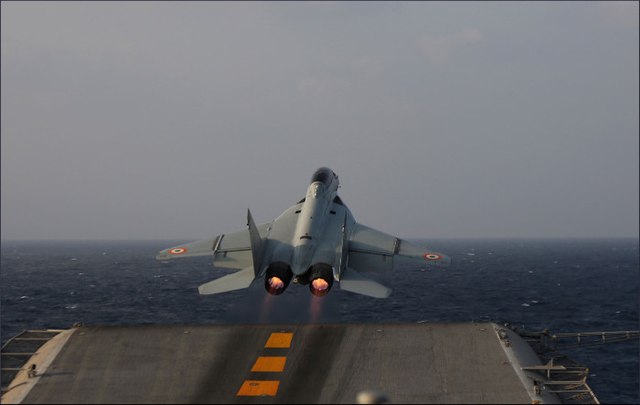
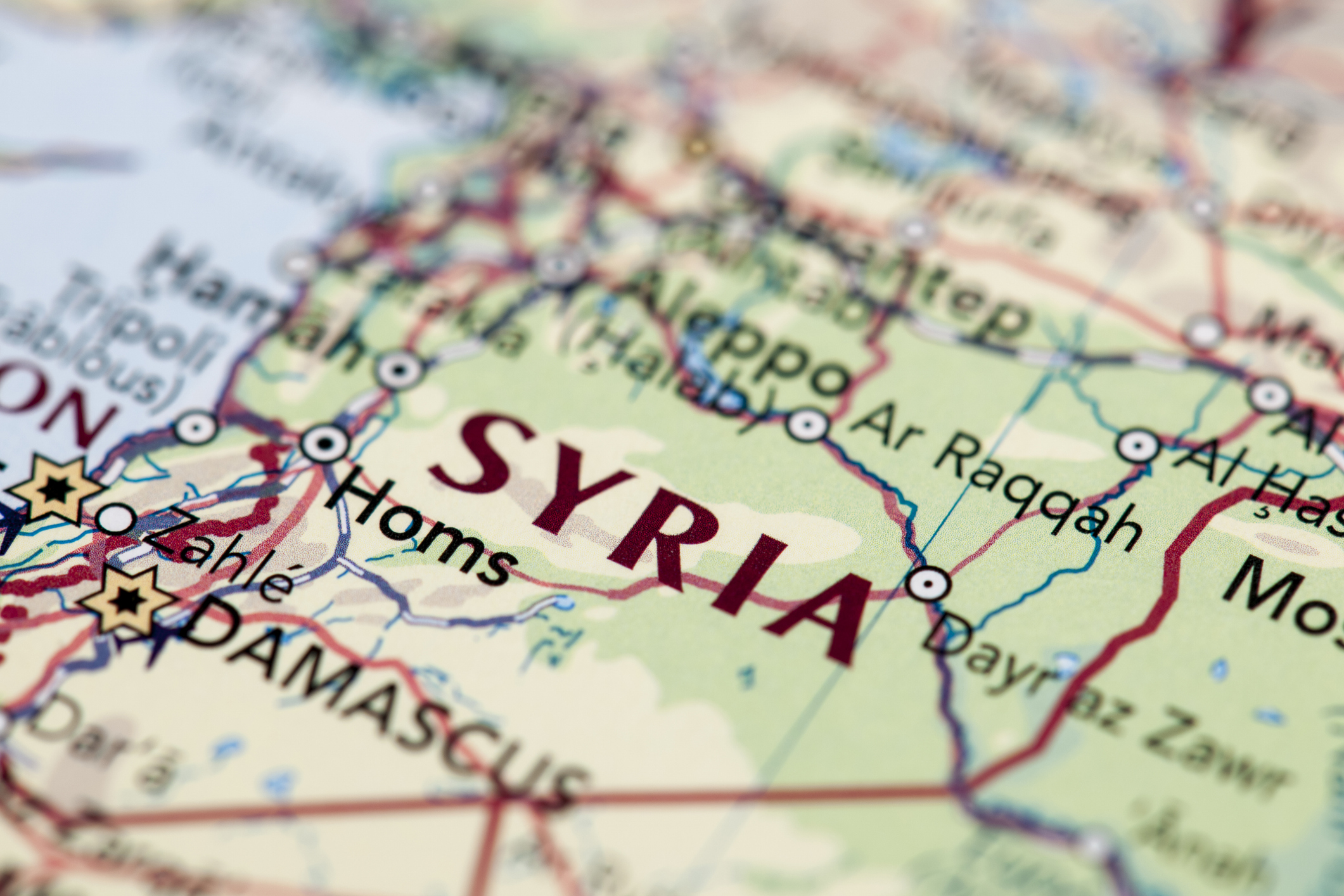

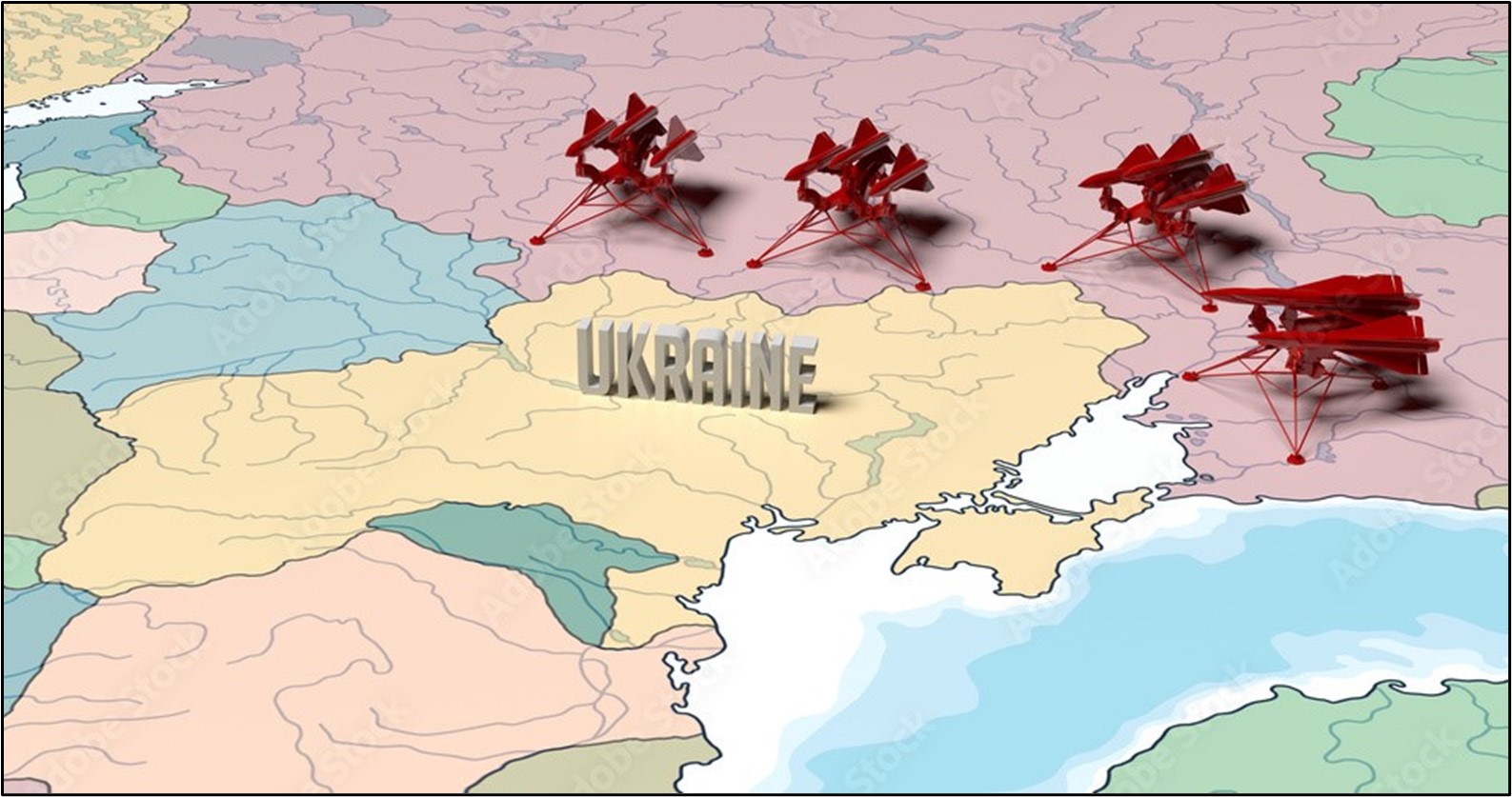
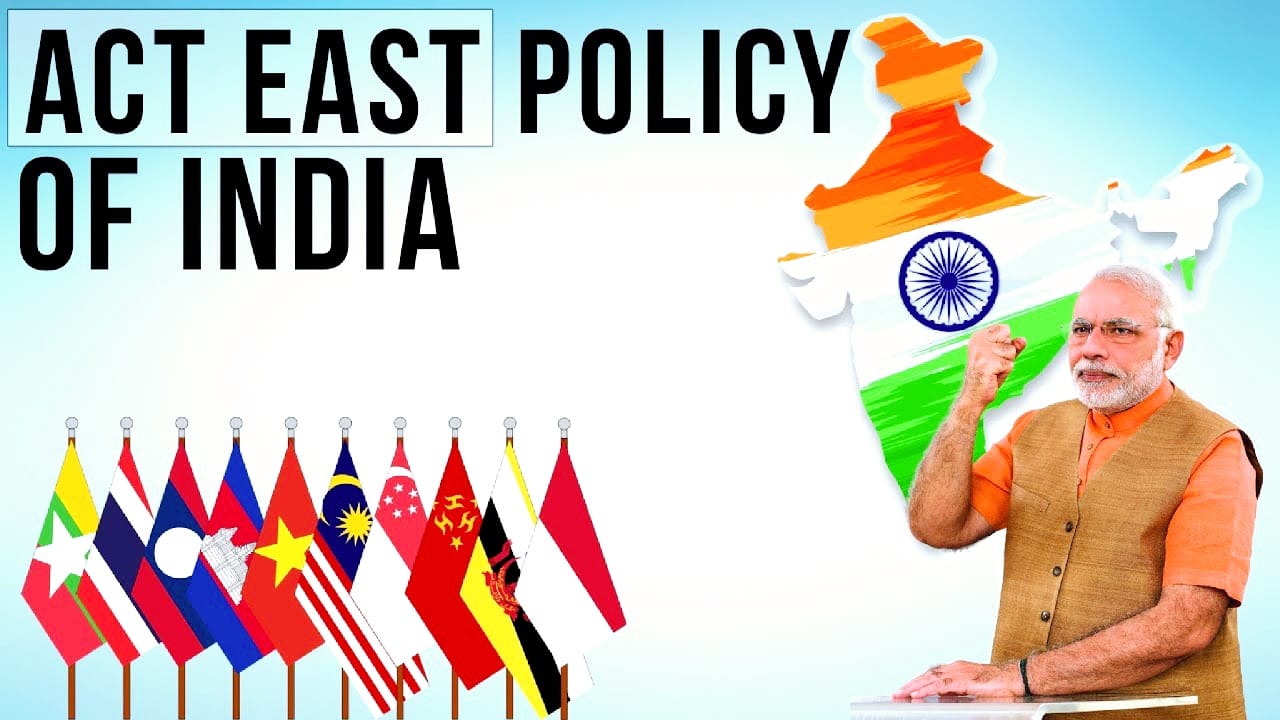
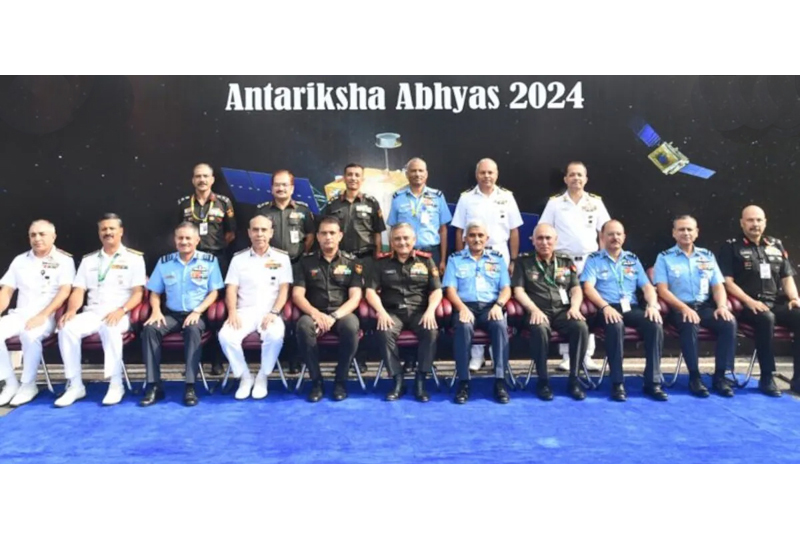









POST COMMENTS (13)
Deepan Gill
Rituraj Singh
Anuj
Dr M
sharmla dharamalingam
Praveen
Bhavil
Bharat Karnad
Ankit singh Bhadauria
Sachin
Mukesh.Naik
roshan kumar
vishal